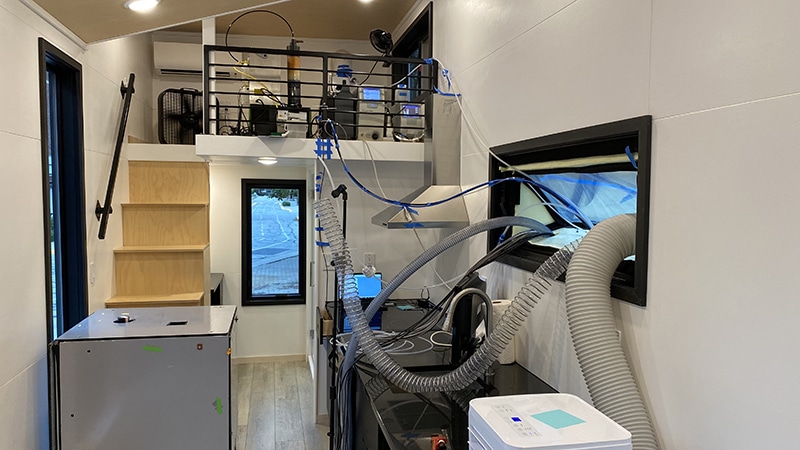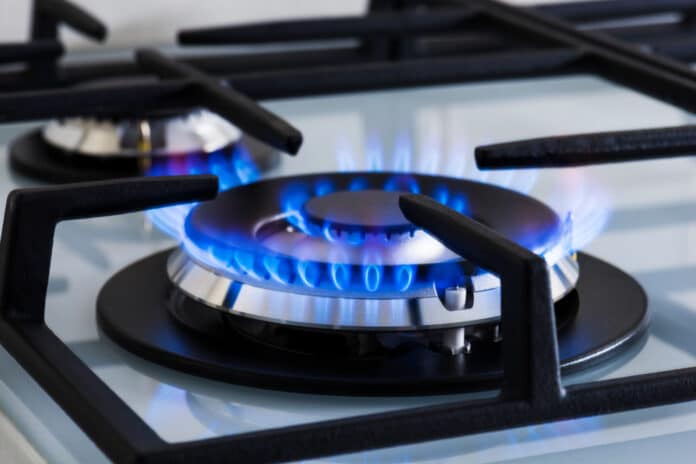A recent study by Purdue University found that cooking on a gas stove can emit more nano-sized particles into the air than gas or diesel vehicles. This could potentially increase the risk of developing respiratory illnesses like asthma.
The study, published in the journal PNAS Nexus, focused on small airborne nanoparticles that are only 1-3 nanometers in diameter, just the right size for reaching certain parts of the respiratory system and spreading to other organs.
The researchers discovered that cooking on a gas stove produces large amounts of small nanoparticles that can efficiently deposit into the respiratory system. These particles, called nanocluster aerosol, are so small that they’re difficult to measure.
Recent studies have shown that children living in homes with gas stoves are more likely to develop asthma, but little is known about how nanocluster aerosol particles grow and spread indoors.
The study used state-of-the-art air quality instrumentation to measure these tiny particles down to a single nanometer while cooking on a gas stove in a “tiny house” lab.

The Purdue zero Energy Design Guidance for Engineers (zEDGE) lab has all the features of a typical home but is equipped with sensors for closely monitoring the impact of everyday activities on a home’s air quality.
The researchers found that as many as 10 quadrillion nanocluster aerosol particles could be emitted per kilogram of cooking fuel, which matches or exceeds those produced by vehicles with internal combustion engines.
This means that adults and children can breathe 10-100 times more nanocluster aerosol from cooking on a gas stove indoors than from car exhaust while standing on a busy street.
The study’s lead author, Brandon Boor, an associate professor in Purdue’s Lyles School of Civil Engineering, said that “moving forward, we need to think about how to reduce our exposure to all types of indoor air pollutants. Based on our new data, we’d advise that nanocluster aerosol be considered as a distinct air pollutant category.”
To reduce exposure to these dangerous particles, the researchers recommend turning on a kitchen exhaust fan while cooking on a gas stove.
However, since most people don’t turn on their exhaust fan while cooking, having kitchen hoods that activate automatically would be a logical solution.
Journal Reference
- Satya S Patra, Jinglin Jiang, Xiaosu Ding, Chunxu Huang, Emily K Reidy, Vinay Kumar, Paige Price, Connor Keech, Gerhard Steiner, Philip Stevens, Nusrat Jung, Brandon E Boor. Dynamics of nanocluster aerosol in the indoor atmosphere during gas cooking. PNAS Nexus, 2024; 3 (2) DOI: 10.1093/pnasnexus/pgae044
